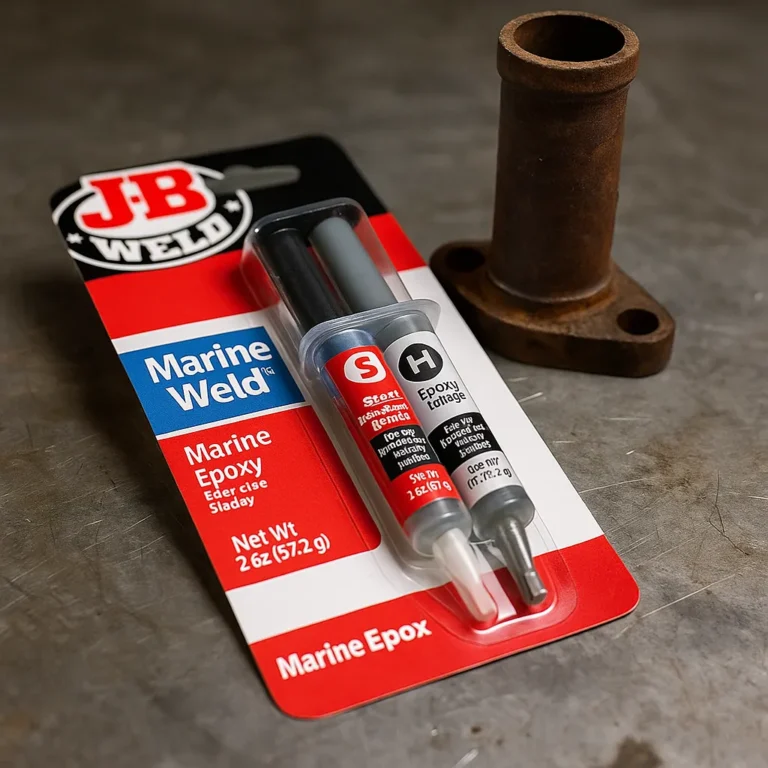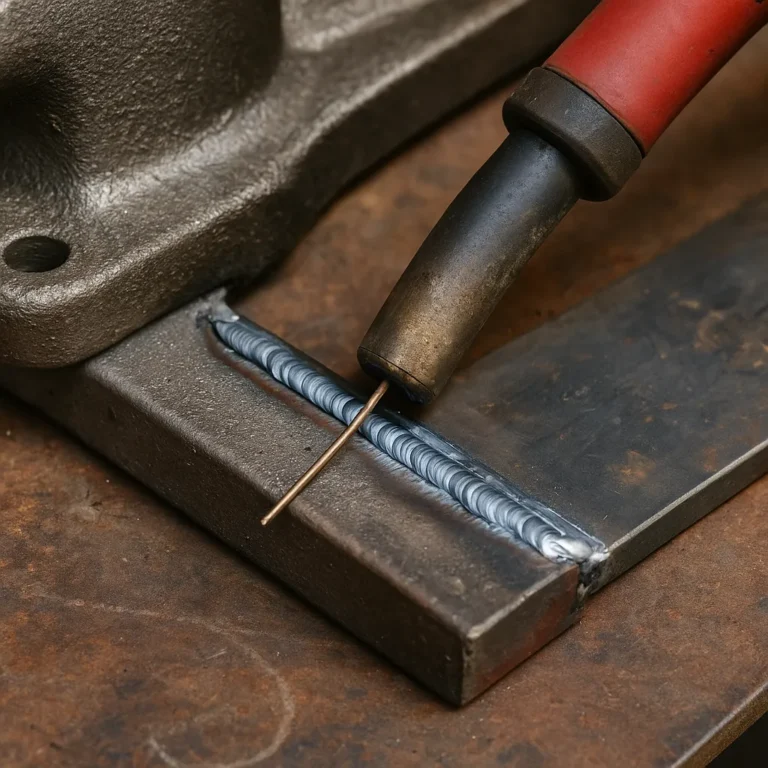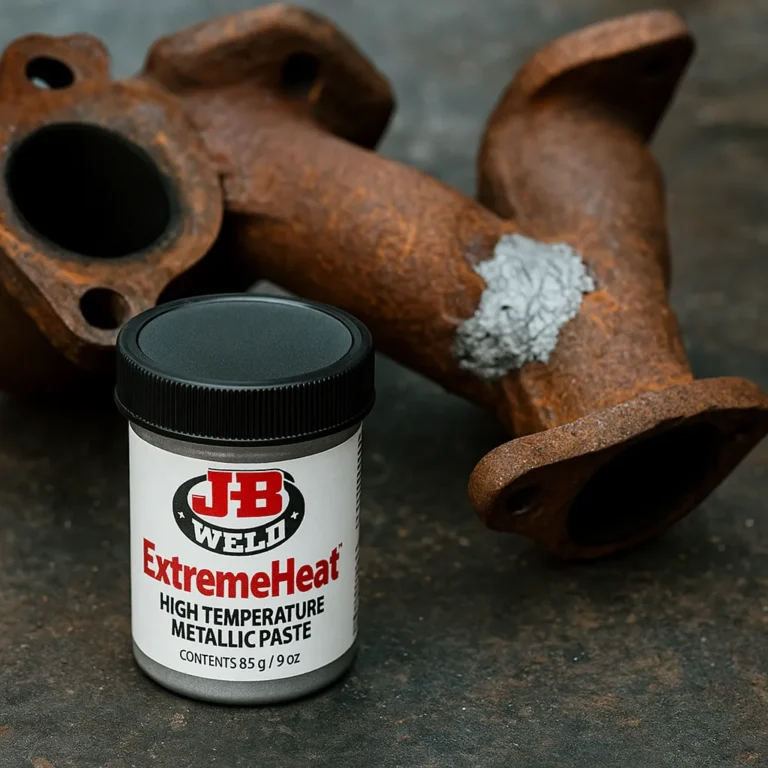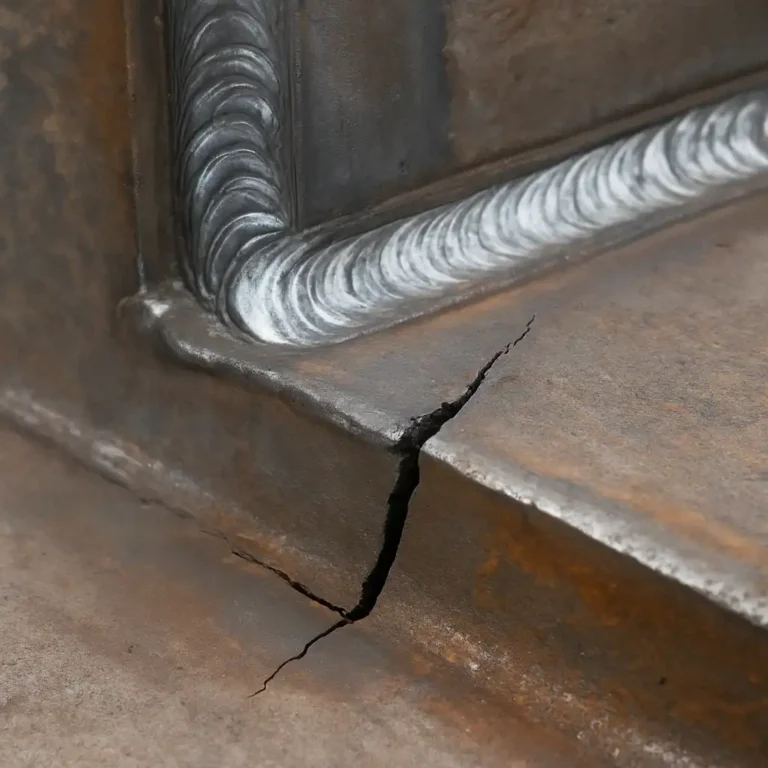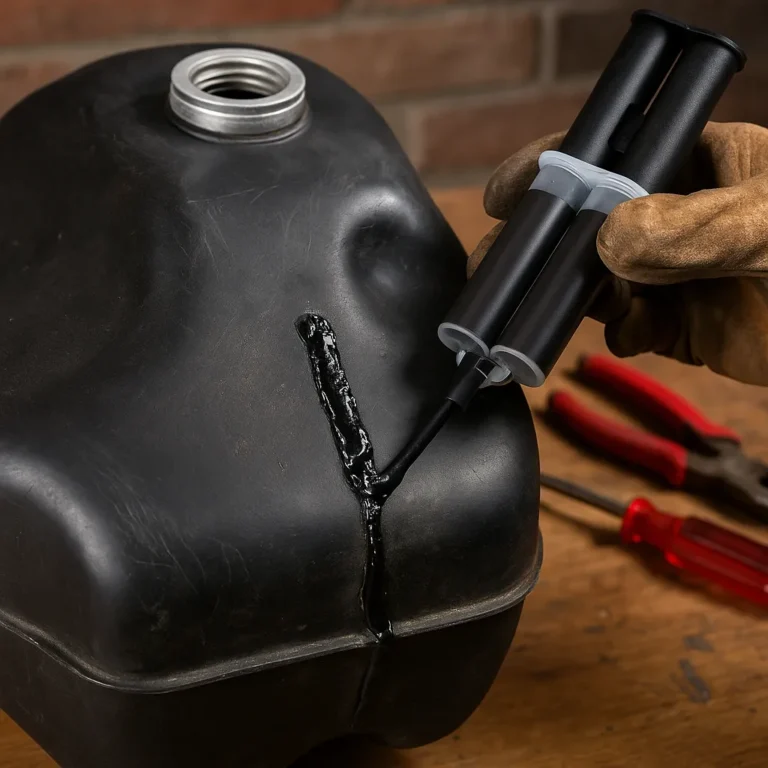Best Way to Remove Spot Welds Without Ruining the Panel
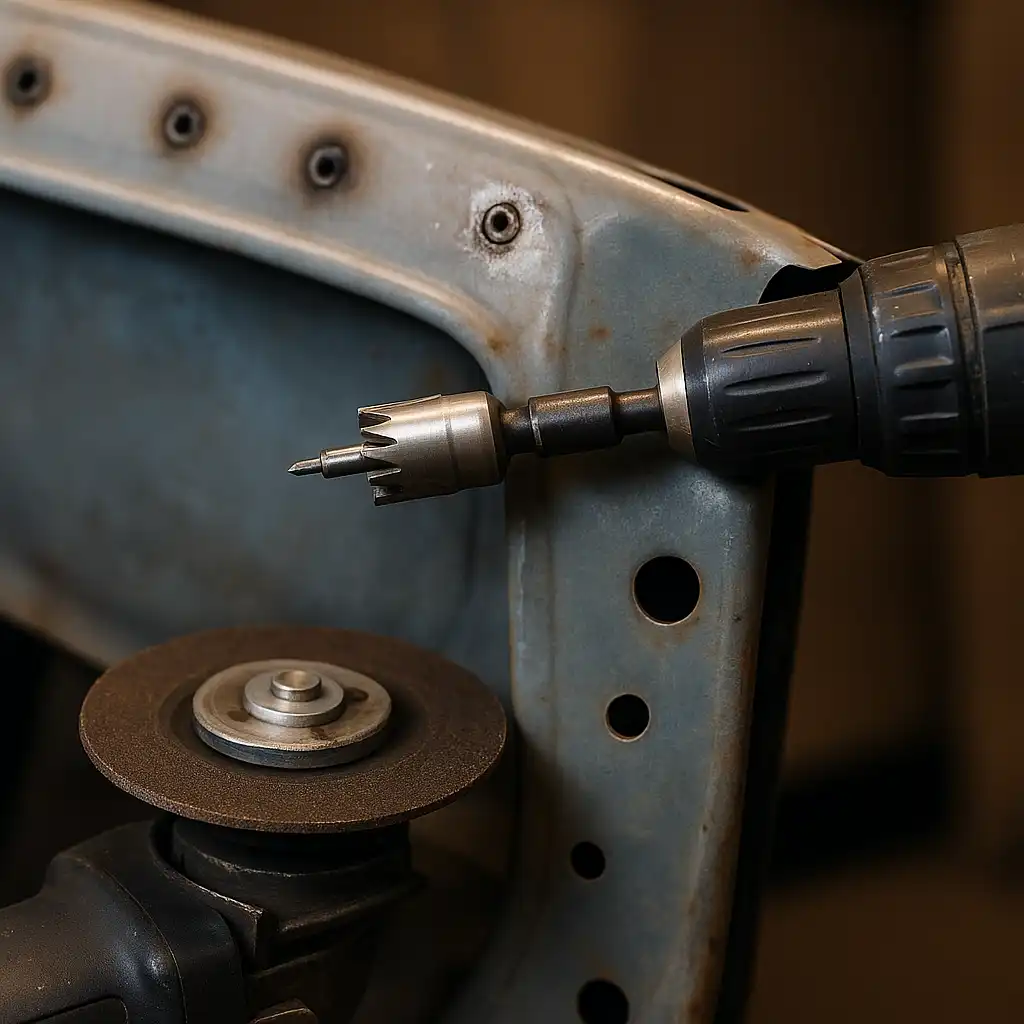
Disclosure: This post contains affiliate links. As an Amazon Associate, I earn from qualifying purchases—at no extra cost to you.
Spot welds are everywhere in metal fabrication and auto repair—especially when you’re working on older cars or patch panels. At some point, you’re going to need to break those welds cleanly without destroying what’s underneath. Fortunately, there are a few proven ways to do it, and the method you choose depends on the tools you have and how clean of a finish you need.
Let’s break down your options so you can get the job done without making a mess of your project.
Spot Weld Cutter: Best for Preserving the Base Metal
For clean, controlled removal, a spot weld cutter is your best bet. These are designed to slice through the top layer of metal without damaging the lower panel—perfect if you’re removing body panels or replacing rusted sections.
Many hobbyists and pros recommend brands like Blair. Just be sure to center punch each weld before drilling to avoid wandering bits. Go slow, use cutting oil, and apply steady pressure. It takes some patience, but it saves time on cleanup later and keeps your sheet metal in good shape.
Grinder Method: Fast but Less Precise
If you’re in a hurry or working on scrap, an angle grinder with a flap disc or cutoff wheel will get the job done quickly. It’s not the most elegant method, but it’s effective when precision isn’t critical.
This works well in tight spaces where a drill might not fit. Just be mindful of how deep you’re cutting—going too far can chew through both panels and create extra repair work. This method is especially popular for quick garage fixes or when you’re planning to replace both layers anyway.
Regular Drill Bit: Budget-Friendly and Reliable
If you don’t have a spot weld cutter, a sharp drill bit can still do the trick. Cobalt or titanium-coated bits work well for cutting through welds, although you’ll usually go straight through both layers.
The trick here is to drill a small pilot hole first, then step up to a larger bit. That gives you more control and helps avoid slipping. It’s not the cleanest approach, but it’s a reliable fallback if you’re low on tools or working on brackets and temporary joints.
Safety Tips That Matter
Spot weld removal isn’t glamorous, but it’s still metalwork—and that means heat, noise, and sharp edges. Stay safe:
- Wear safety glasses or a face shield to block flying chips.
- Clamp your workpiece down firmly to avoid slips.
- Wear gloves to protect against sharp sheet metal edges.
- Use a magnet or shop vac to clean up the metal dust and chips.
If you’re working inside a car, it’s usually easier to remove the panel entirely before you start cutting. More space makes the job safer and less frustrating.
Conclusion
Choosing the right way to remove spot welds depends on your gear and your goals.
Use a spot weld cutter if you want to save the panel and minimize cleanup.
Go with a grinder if speed matters more than precision.
Grab a drill bit if you’re working with basic tools or just need a quick solution.
No matter which method you go with, slow and steady wins here. Clean removal makes your next steps—whether that’s welding, painting, or replacing—a whole lot easier.

